Imagine your fitness tracker could predict health problems before symptoms appear. That's the ambitious vision behind Oura's latest platform transformation, and it goes far beyond step counting into medical monitoring territory. The company's comprehensive update brings enhanced stress tracking and new blood pressure research, positioning the smart ring as a serious health assessment tool rather than just another wearable gadget.
Wearables are shifting from reactive tracking to proactive monitoring, the difference between asking "did I hit my step goal?" and "what patterns suggest I should see a doctor?" Oura is engaged with the FDA for hypertension assessment features, a clear sign they want to bridge the gap between consumer wellness devices and legitimate medical tools. The timing fits, consumer wearables finally feel mature enough to offer medically relevant insights without losing the simplicity people expect.
Unlike past gadgets that just collected data, Oura's approach points to an era of early detection and continuous monitoring that could actually affect clinical outcomes. Big claim, yes. But the direction tracks with how people already use these devices every day.
What makes this app redesign truly different?
Let's break down what actually changed. The new Oura experience condenses the previous five-tab structure into three focused sections, Today, Vitals, and My Health, according to TechCrunch. The twist is how these sections adapt to your daily rhythm, which changes how you engage with your health data.
The Today tab acts like a personal health concierge. It surfaces what matters right now, morning readiness when you wake up, wind-down recommendations at night. Instead of a static dashboard, you get a smart feed that shifts as your day unfolds. Less digging, more doing.
Vitals keeps things readable at a glance. You see essential metrics and baseline ranges without getting buried in charts every time you open the app. It solves a common wearable problem, lots of numbers, little context. When you want depth, it is there. When you do not, it stays out of the way.
The My Health tab is the big philosophical pivot. Rather than celebrating daily streaks, it highlights wellness patterns that unfold over months and years. Enhanced menstrual cycle insights now offer a 12-month prediction view, expanding from the previous one-month limitation, as detailed by TechCrunch. That shift backs a simple truth, meaningful change comes from sustained habits, not quick hits.
Here's what I find most interesting, it moves away from the gamification model that dominates most fitness trackers. Instead of steering you toward arbitrary targets, it nudges a more mature perspective, real health improvements happen gradually and depend on consistent behavior, not one hard workout or a perfect week.
Cumulative Stress: beyond daily heart rate monitoring
Now the science bit. The new Cumulative Stress feature measures how your body handles sustained pressure over time, pulling from multiple biometric signals rather than just heart rate. The system evaluates five key factors: sleep continuity, heart stress-response, sleep micro-motions, temperature regulation, and activity impact, as reported by TechCrunch.
That is a different approach from most stress tracking. While many devices focus on momentary spikes through heart rate variability, Oura looks at how chronic stress shows up across your entire physiological profile. Think of a single blood pressure reading versus long-term cardiovascular patterns. The long view catches slow shifts before they turn into acute problems.
The feature provides weekly updates based on the past month of data, which gives a fuller picture of stress accumulation and recovery patterns, according to ZDNet. The value is simple, it can flag the slow burn that sneaks up on you. That moment when you realize you have been pushing too hard for weeks, this system aims to spot that trajectory early, before you are forced into reactive recovery mode.
The foundation matters. Oura validated the tech against established psychological assessment tools, including the Perceived Stress Scale and Copenhagen Burnout Inventory, as noted by ZDNet. So it is not just saying "you seem stressed." It is offering insights about stress resilience patterns that can guide lifestyle tweaks and conversations with healthcare providers.
What stands out is how this multi-factor approach recognizes that chronic stress does not just hit your heart rate. It touches sleep quality, temperature regulation, and recovery patterns in measurable ways, as TechCrunch explains. The result is a more complete picture of how your body handles sustained pressure, crucial for preventing burnout and protecting long-term health.
Blood pressure monitoring: the next frontier
The boldest piece of Oura's update is blood pressure research. The company is launching a study to detect early signs of hypertension without a traditional cuff, according to The Verge. That is a serious technical challenge, since accurate assessment typically requires direct arterial pressure or the compression used in standard cuffs.
The study will be available through Oura Labs for US users and has received Institutional Review Board approval, as reported by TechCrunch. Participants will receive hypertension likelihood assessments that combine ring data with lifestyle questionnaires covering family history, medications, and daily habits. The system will categorize users into three risk levels, no signs, moderate signs, or major signs of hypertension.
Here is why that is intriguing from a tech perspective. If Oura can spot hypertension risk through continuous pulse characteristics, temperature variations, and activity patterns, it could reshape cardiovascular screening. Hypertension affects nearly half of American adults, and many do not know they have it because symptoms are often silent until complications appear. Catching patterns early, before they demand emergency care, could be a meaningful shift in preventive health.
This development puts Oura alongside other major tech companies exploring cuffless blood pressure monitoring. The ring form factor offers a unique advantage for continuous tracking compared to smartwatches, according to Bloomberg. Consistent contact and minimal interference can build a more reliable baseline than devices people take off throughout the day.
The technical path likely involves analyzing pulse wave patterns and other cardiovascular signals that correlate with blood pressure changes. It will not replace traditional diagnostics. It could work as an early warning system for people who might otherwise go years without knowing they have hypertension, helping prevent heart attacks, strokes, and related complications through earlier intervention.
The broader context: Where wearable health is heading
This update reflects wider trends in wearable health. Modern devices are moving past step counts into comprehensive health assessment platforms that can affect medical outcomes. Smart rings offer an edge in continuous monitoring thanks to consistent skin contact and low user friction, as research published in Applied Sciences indicates.
AI and machine learning keep pushing detection forward, with wearables spotting patterns that humans might miss. Oura's strategy shows how consumer tech can bridge daily wellness tracking and clinical assessment, according to research on wearable technology in cardiology.
This evolution mirrors the shift toward preventive medicine and continuous monitoring. Instead of waiting for symptoms, these devices aim to flag risks early, when intervention is more effective and less costly. That is a real change from reactive care to predictive care, with upside for both individual outcomes and system-wide costs.
Competition in the smart ring market is heating up, with Samsung's Galaxy Ring and other alternatives offering their own takes. Oura's emphasis on stress assessment and blood pressure research signals a play for clinical relevance, not just consumer gloss. That positioning could open doors to healthcare partnerships and insurance coverage that expand their reach.
There is a bigger public health angle too. If wearables reliably surface early risks, they can feed population-level insights for researchers studying disease patterns and prevention strategies, and they can reduce costs by catching problems before they require expensive interventions.
What this means for your health data
The rollout begins globally in the coming weeks, with the app redesign and Cumulative Stress feature arriving together, as reported by The Verge. The blood pressure study will launch later this year through Oura Labs in the United States.
Taken together, these updates move personal health monitoring from reactive tracking toward proactive assessment. The shift to sustained patterns over daily swings could change how people interact with their data and how they make decisions. Less obsessing over today's score, more attention to long-term trends that correlate with outcomes.
For anyone considering the Oura ecosystem, the platform now reads as a health monitoring tool, not a basic fitness tracker. The blend of advanced stress assessment and potential blood pressure monitoring can support users with specific concerns and those who want deeper insights to guide medical conversations and lifestyle choices.
The key takeaway, wearable health is maturing. These are not just gadgets anymore, they are shaping up as legitimate monitoring tools that could affect medical outcomes. Whether Oura hits every target remains to be seen. Early signs suggest they are serious about being more than a company selling wellness accessories.
Bottom line, Oura is betting that the future of wearable health is not step counts or daily trophies, it is continuous, medically relevant insights that influence long-term outcomes. If they pull it off, we may look back on this update as the moment consumer wearables started acting like medical devices, not fancy pedometers, a shift that could change how we approach preventive healthcare in the digital age.




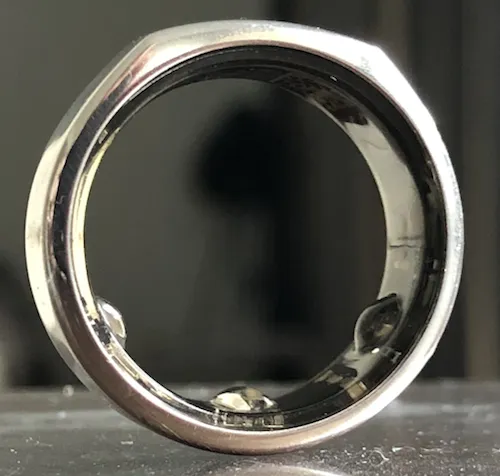

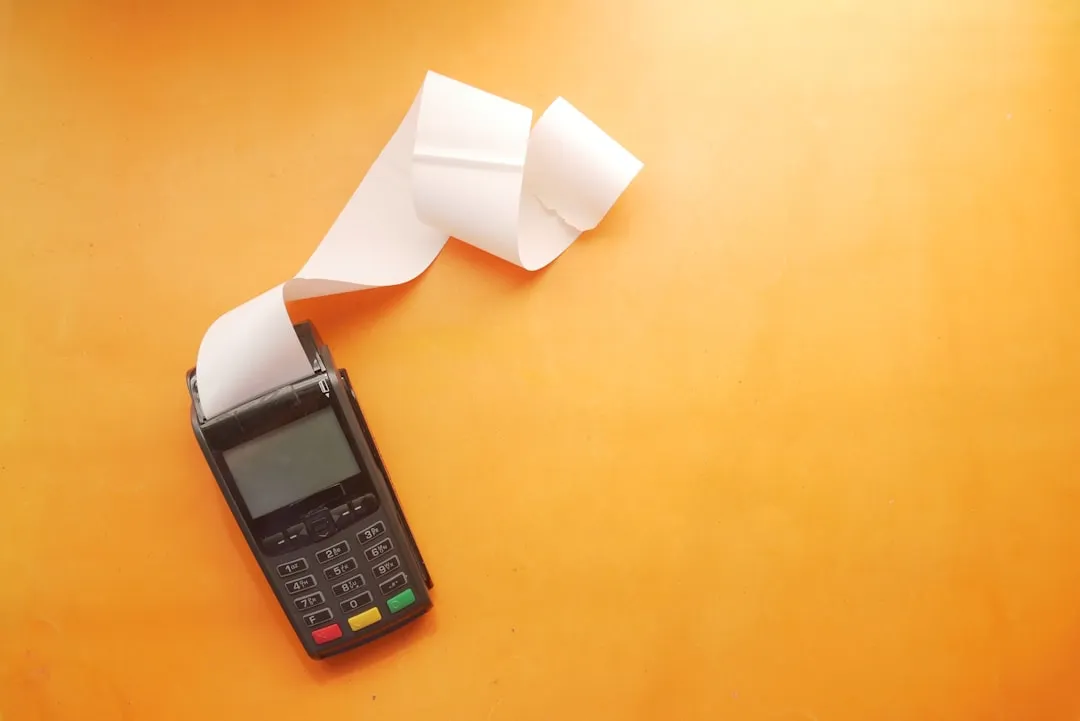
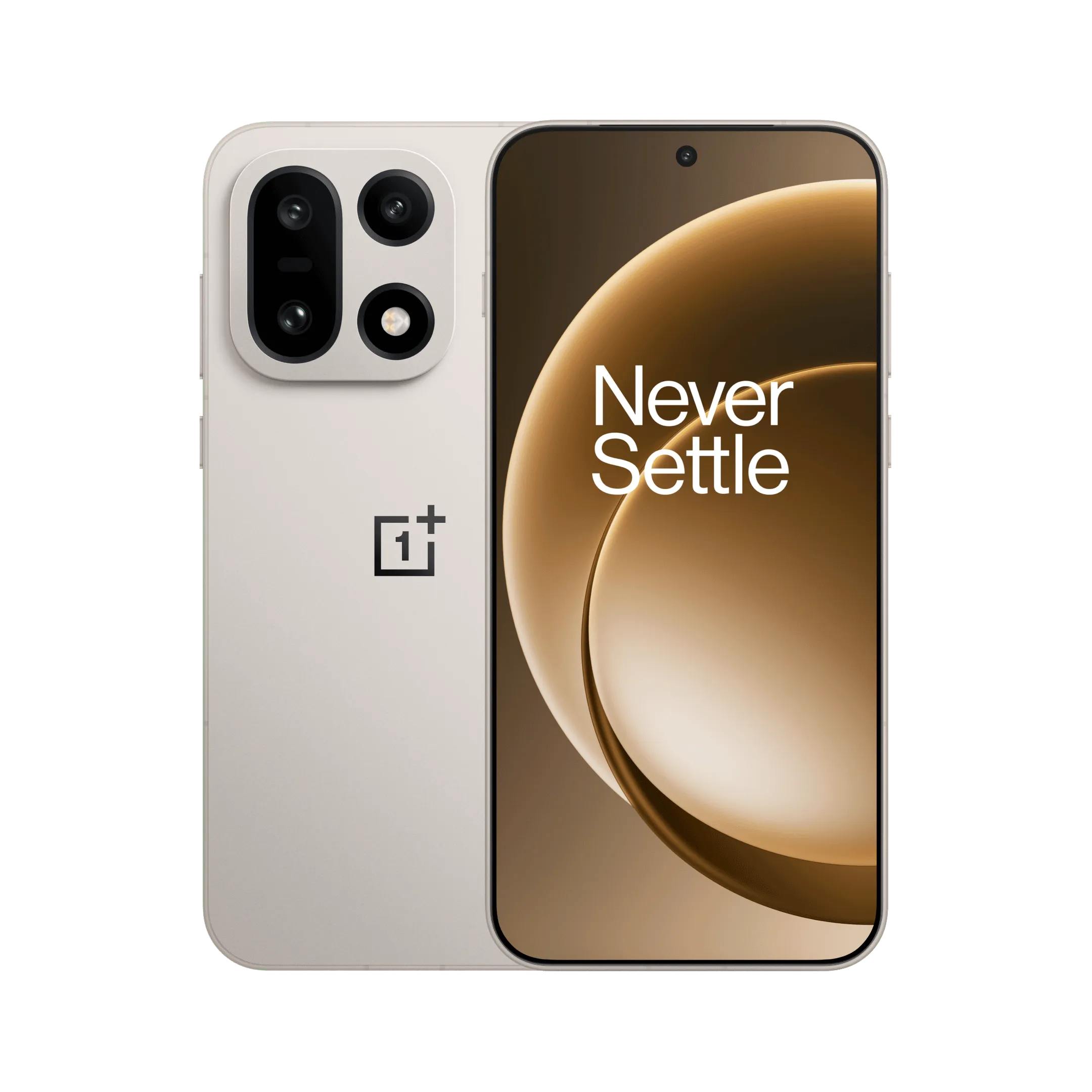
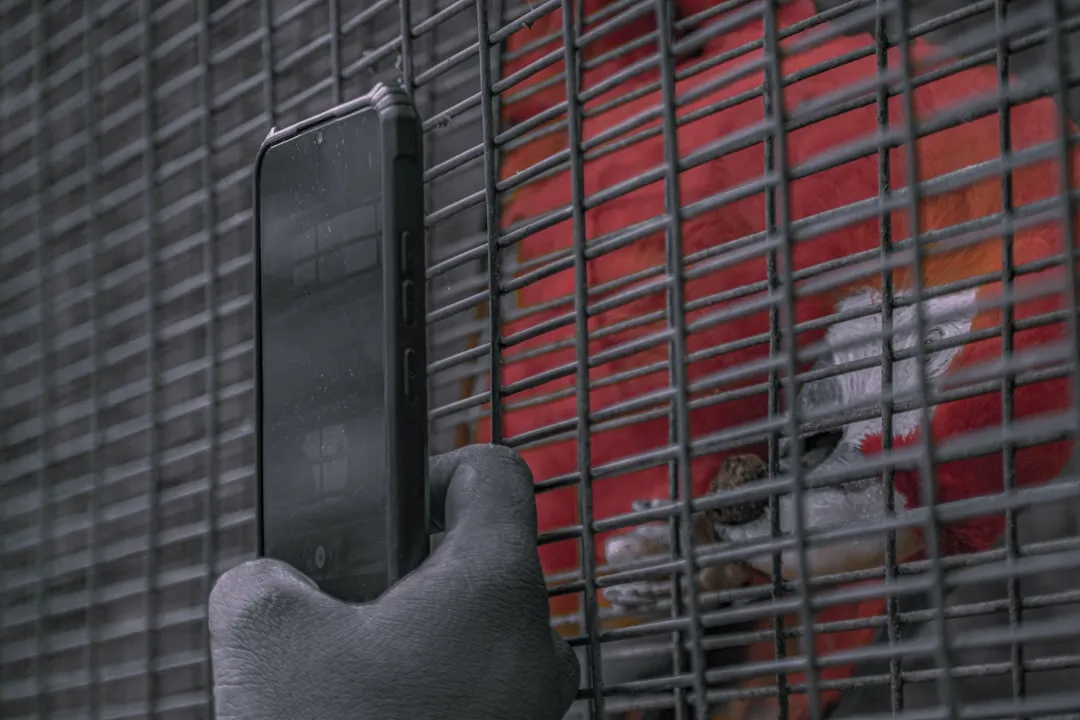
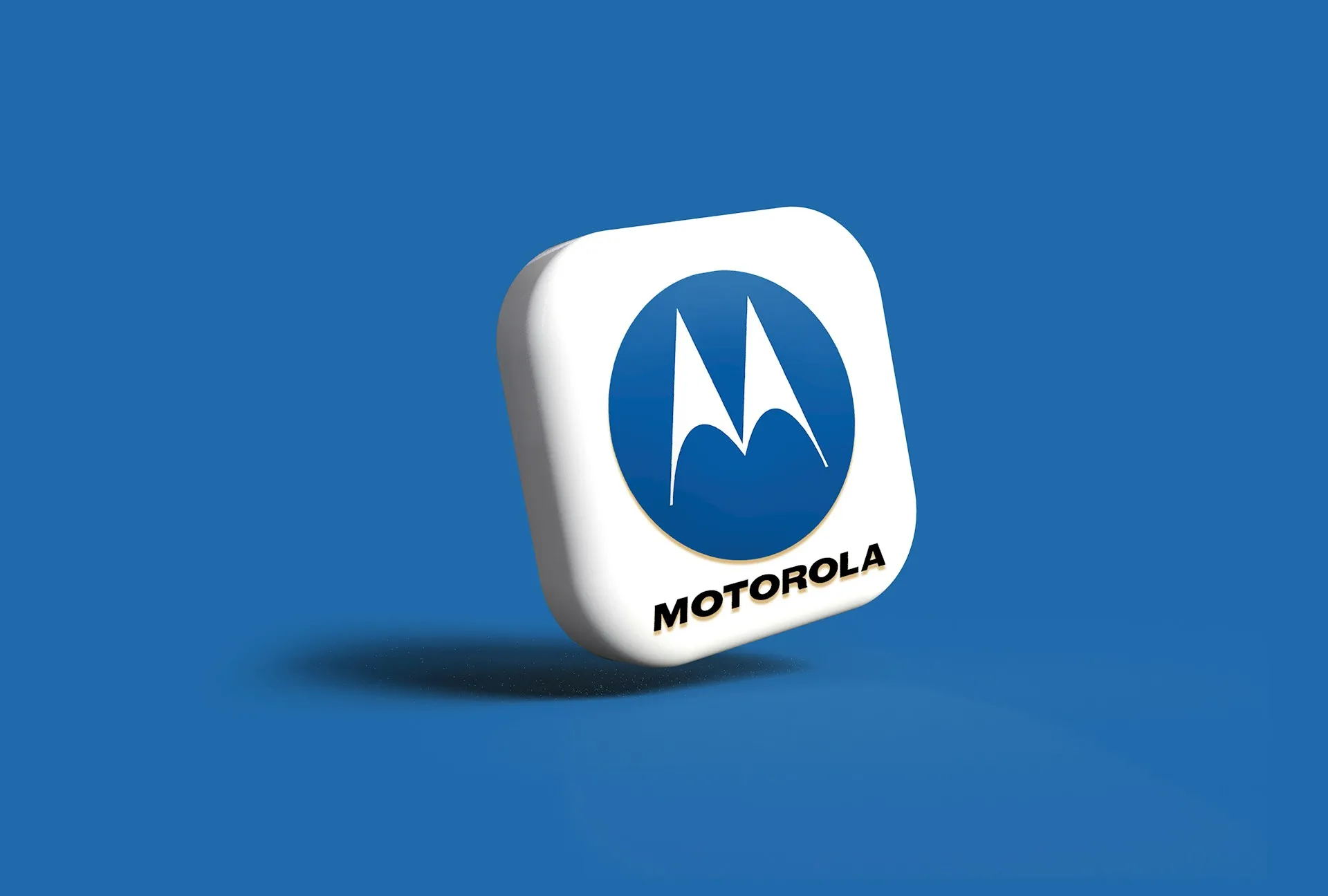
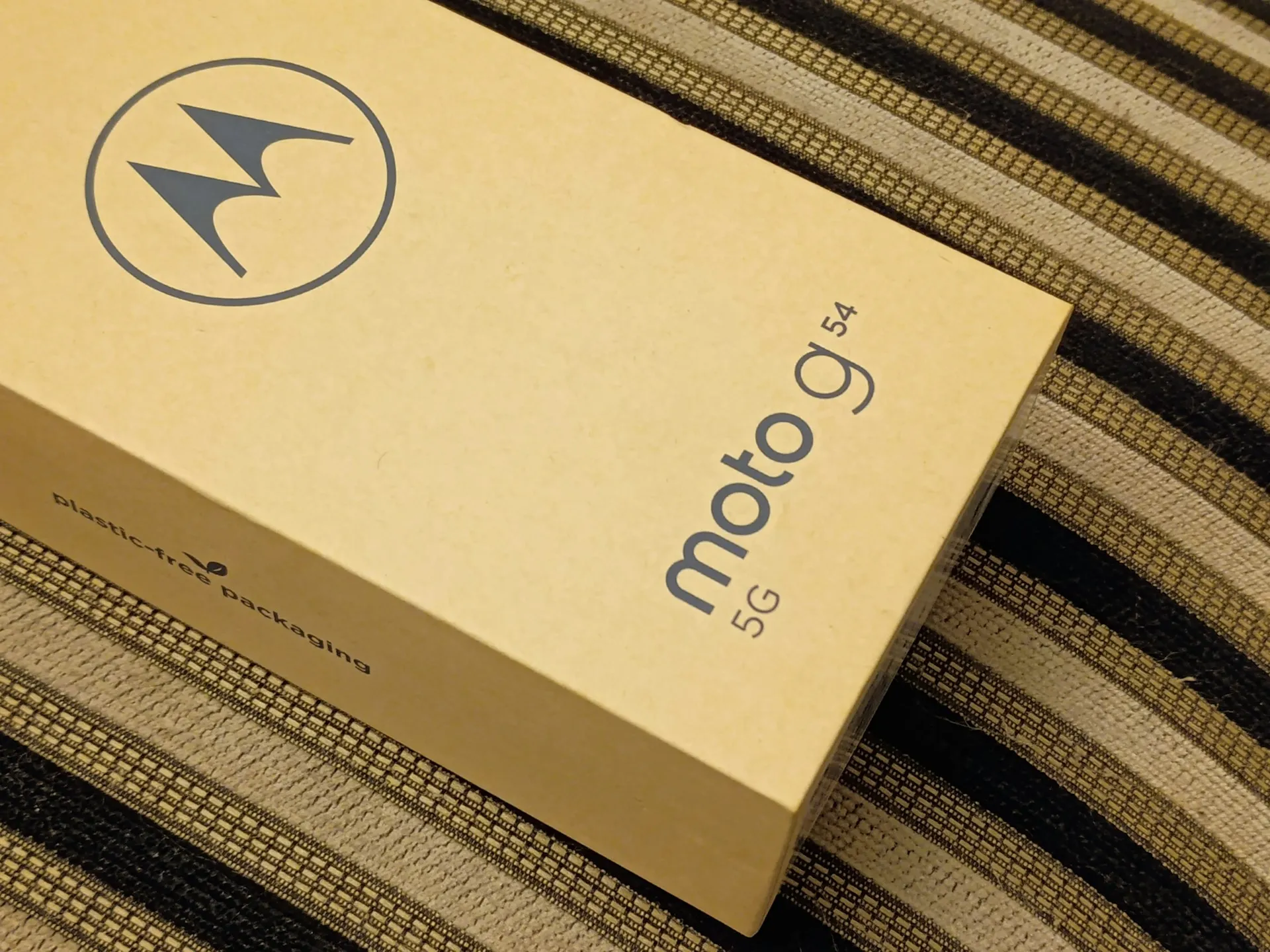

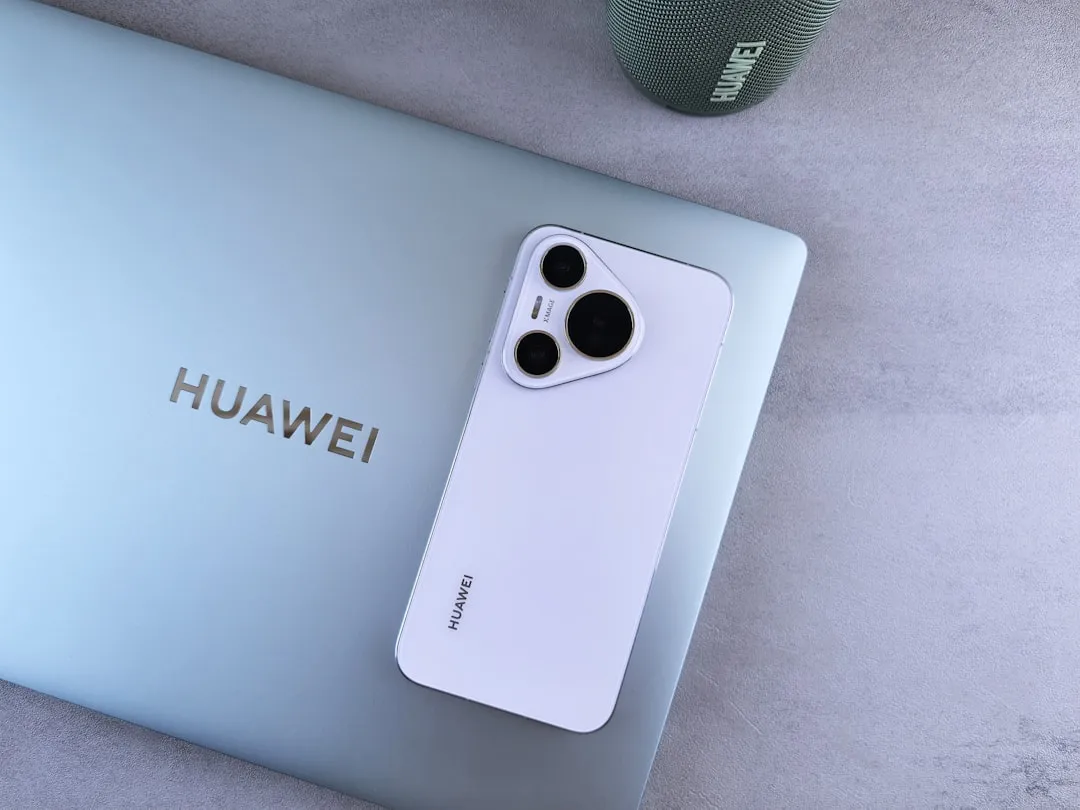
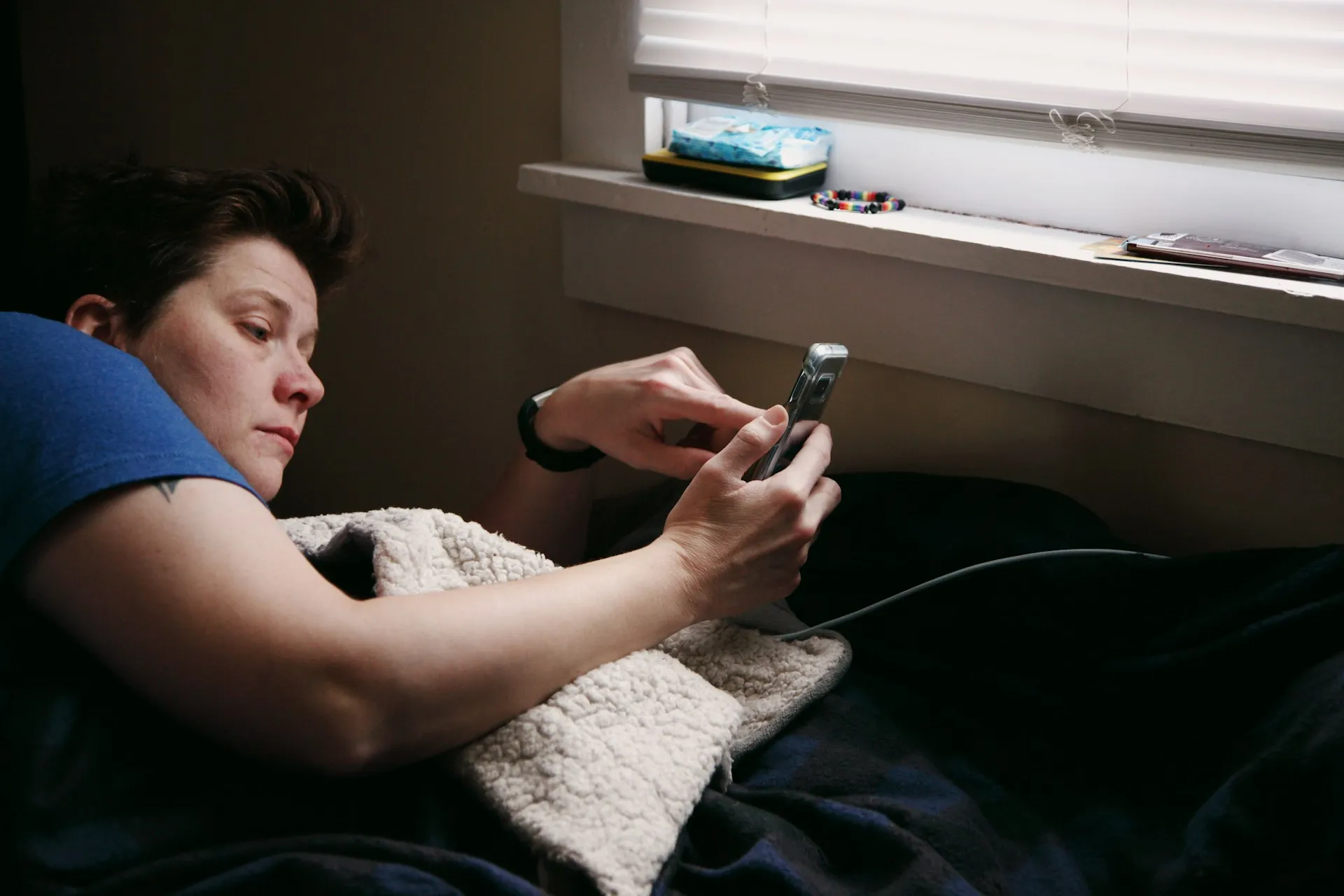
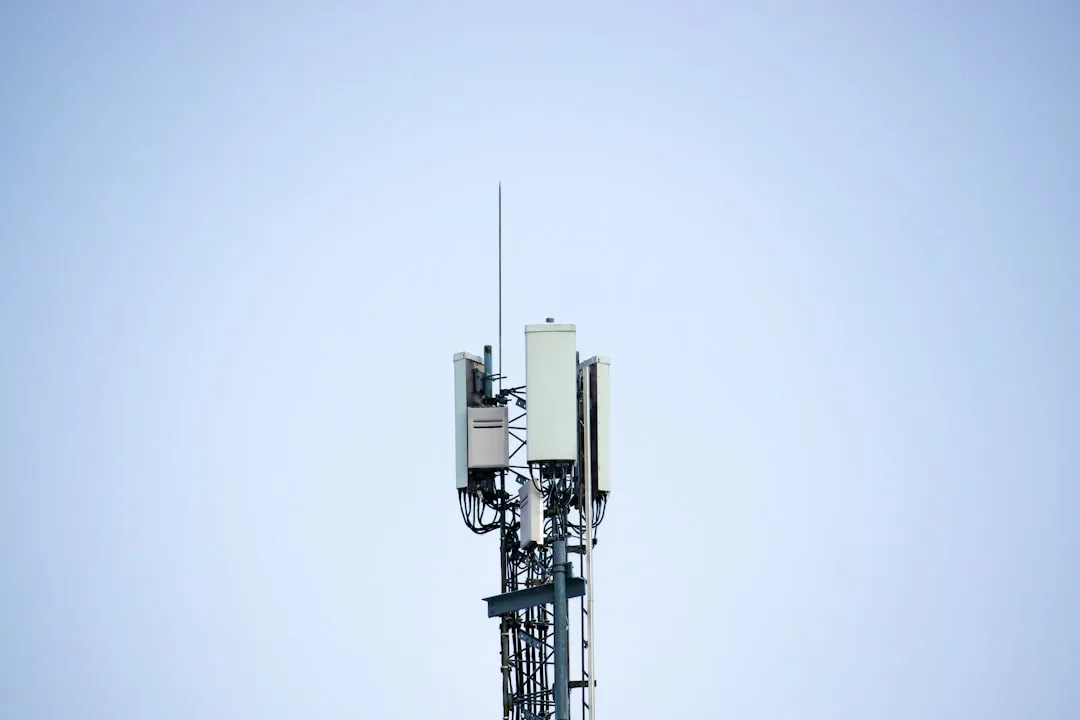
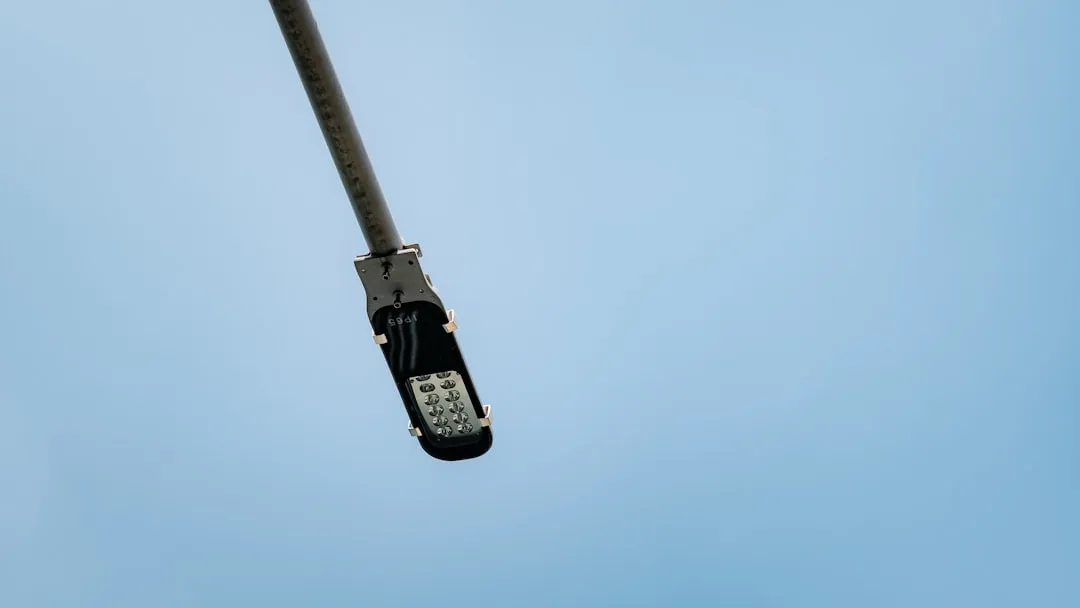

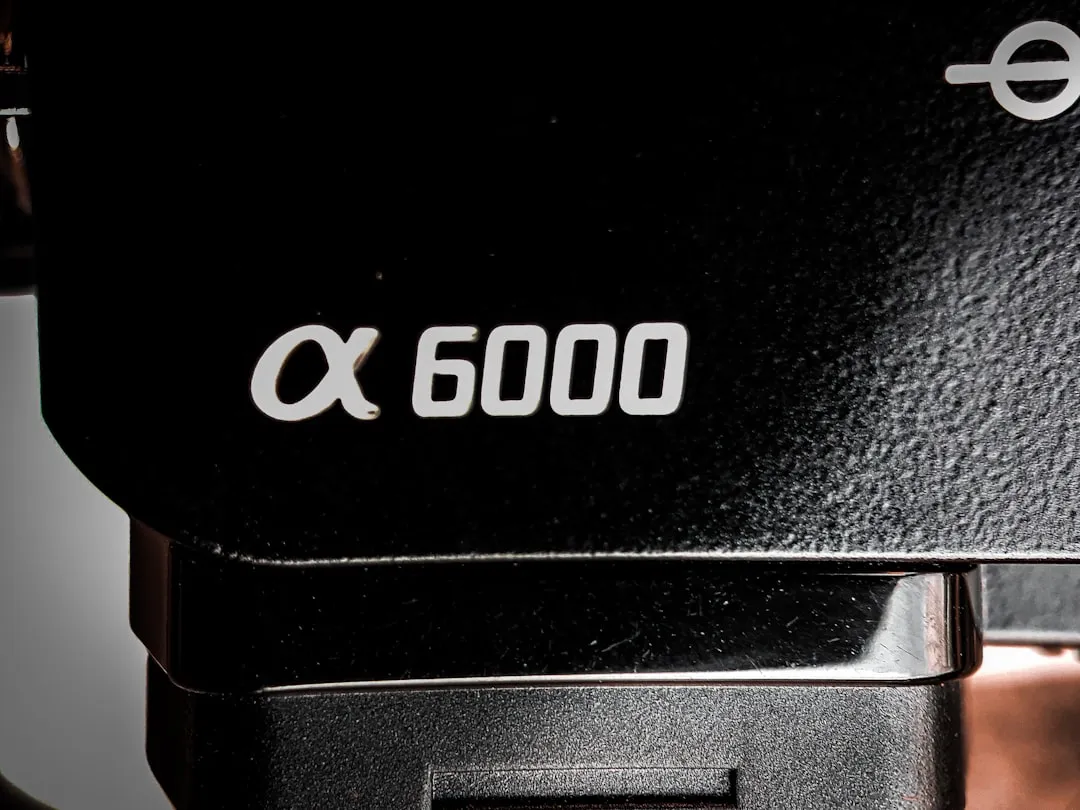
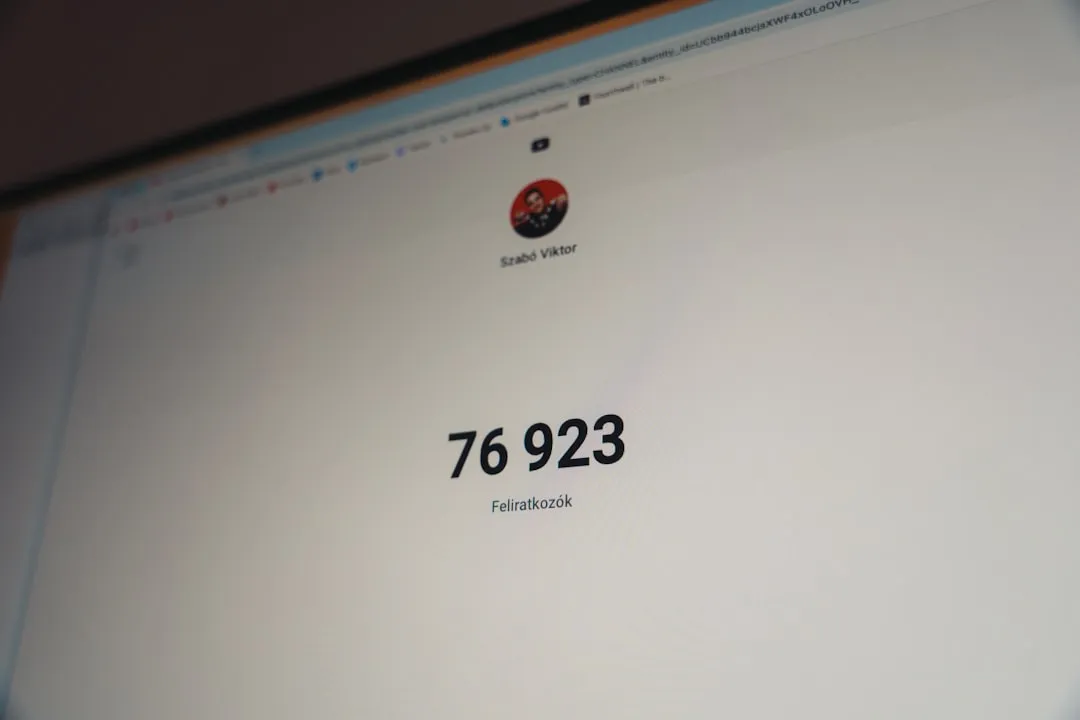

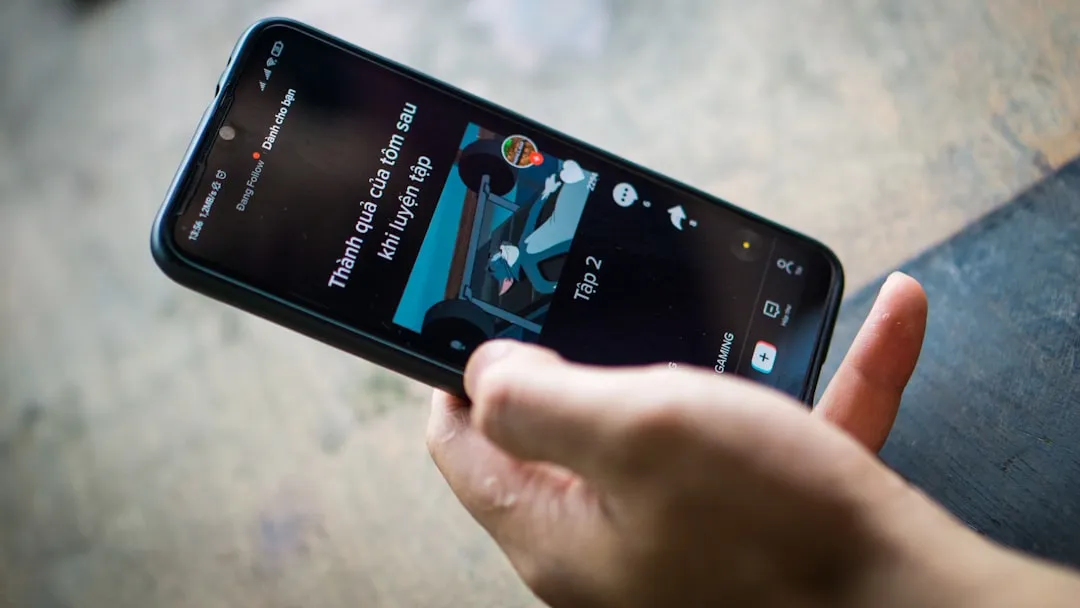
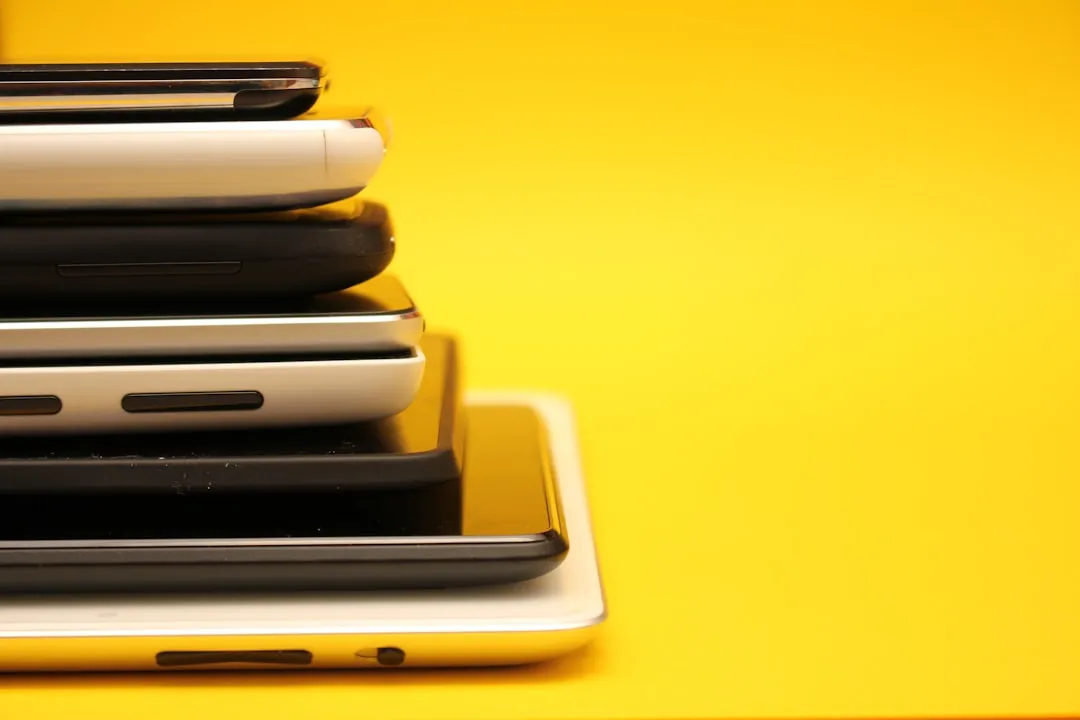

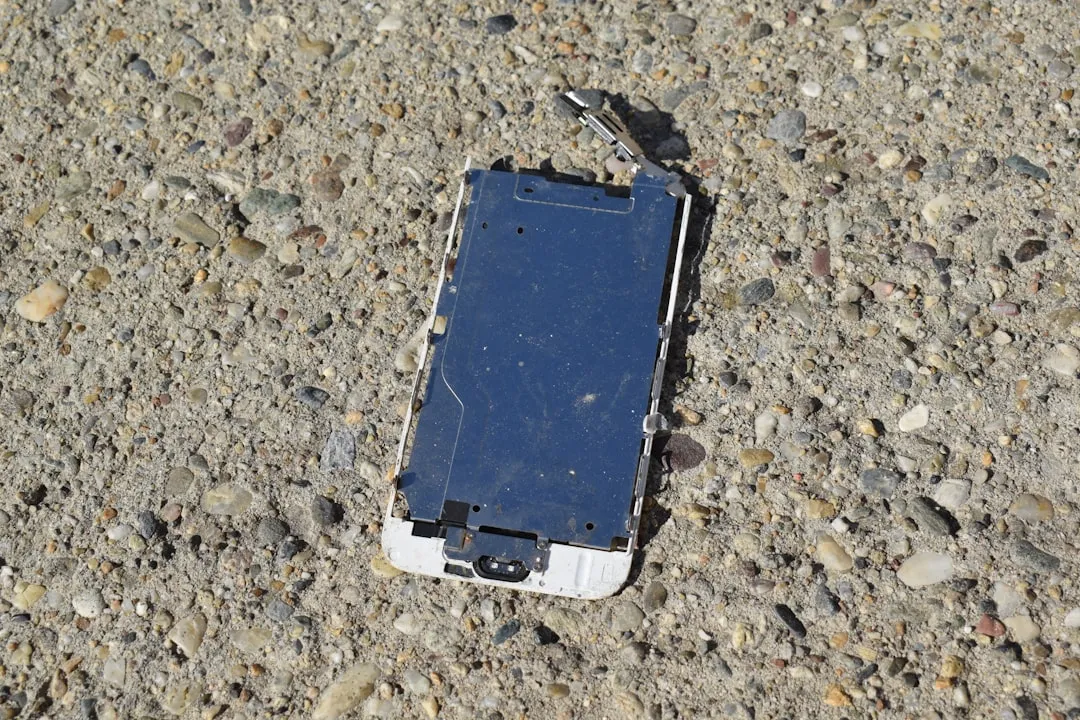
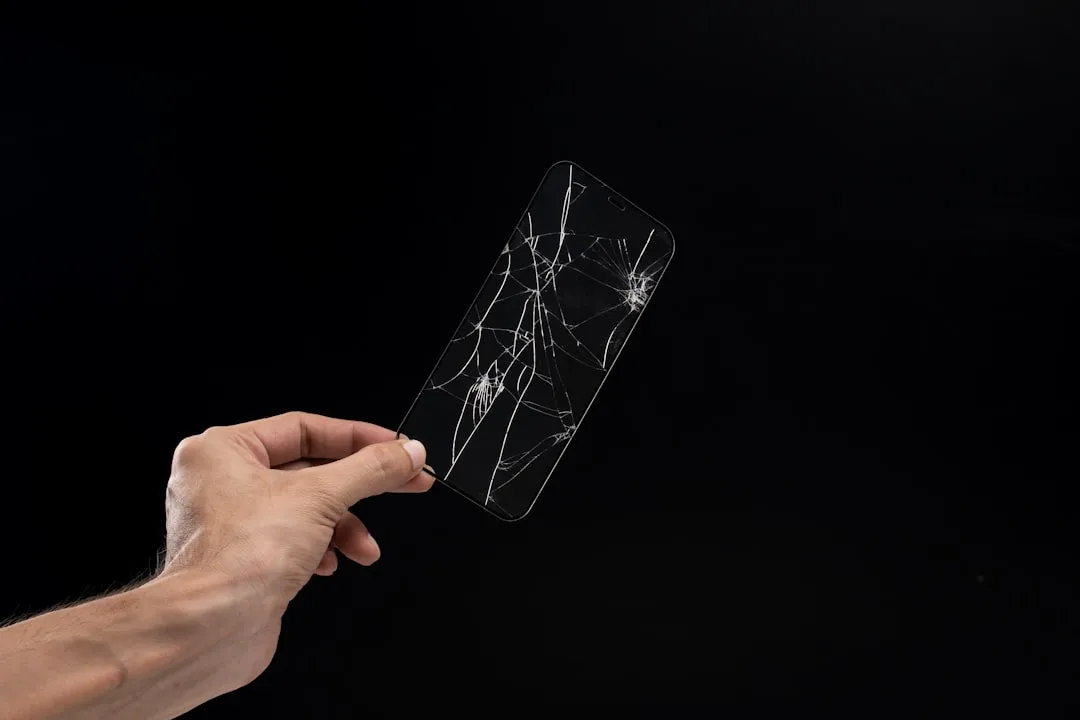
Comments
Be the first, drop a comment!